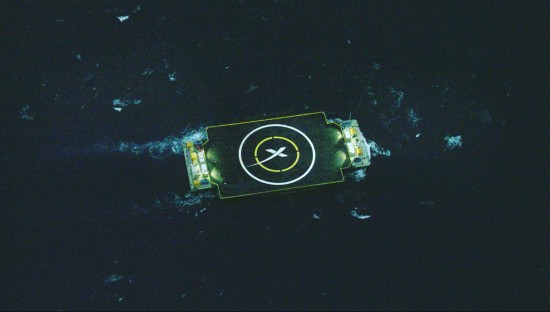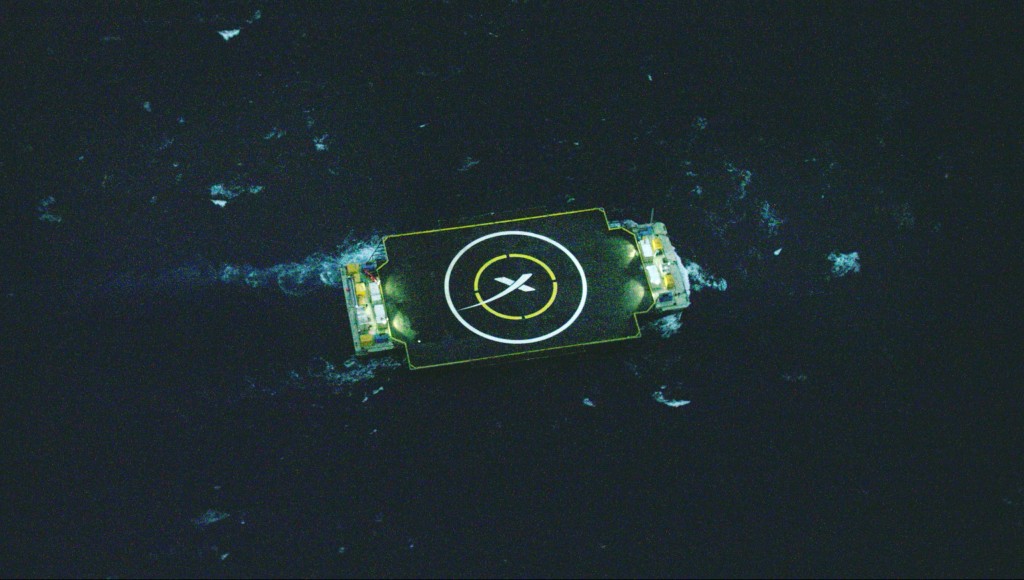January 10, 2015 – A Dragon capsule is in orbit and on its way to the International Space Station (ISS) today after a successful launch from Cape Canaveral. This is the fifth supply mission by SpaceX to the ISS. In every respect the launch and orbital insertion were “nominal.”
In a press conference a few days prior to launch, SpaceX engineers talked about the primary mission of resupply and played down the attempt at recovering the first stage booster. But you could tell that the company very much wanted to demonstrate they could return a rocket intact to soft land. For this purpose they built an offshore barge and parked it off the Florida coast.
Considered at best a 50/50 prospect by Chairman and CEO of SpaceX, Elon Musk, the first stage booster did navigate its way back to the offshore site but not to a soft landing. Musk described the returning first stage as landing hard and that “some of the support equipment on the deck will need to be replaced.”
The launch done in the early morning hours today meant that the first stage return happened in the dark. The result, no good pictures to show what actually happened when the rocket attempted to land although a lot of good telemetry.
Sea conditions were reported as dark, and foggy as well. Really? Makes you wonder why not a daytime launch? Wouldn’t that have been a better choice? But I gather that NASA makes the determination for the launch window to align ISS favorably with the resupply mission.
Dragon will arrive at the ISS early Monday morning with 2,268 kilograms (5,000 pounds) of equipment and supplies. The capsule will stay connected to ISS for approximately a month before it returns to Earth for a parachute-assisted ocean landing. Eventually SpaceX wants to change that as well with plans for its Dragon capsules to do future rocket-assisted soft landings with the plan to reuse them for subsequent flights.
The successes that SpaceX has had in its short history has given many who follow the development of space technology a sense of blind faith in Elon Musk’s company. But space is never easy, and although commercially reusable rockets would be welcome, dropping a multi-storey rocket from 160 kilometers above Earth to a safe landing at a specific target site is something that Russia and the United States, the two most advanced space technology programs, have never achieved with their multi-billion dollar annual budgets. Why then would we think that SpaceX could do it with far less money and far less experience?
But Elon Musk has surprised much of the world in the last decade with his ventures into electric vehicles, solar energy and rockets. Maybe he is realities version of Tony Stark, the Marvel Comics Iron Man. And maybe he will at some point this year get one of his rockets to do something magical, return to a landing pad, intact, ready to be refueled and flown again. Musk’s remark, “close, but no cigar this time” suggests a better outcome soon.









